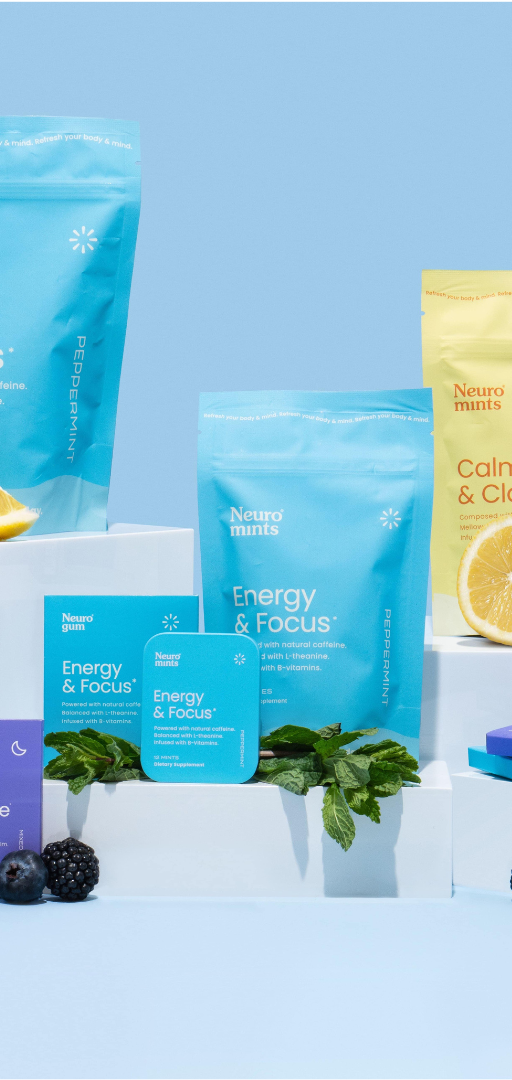The Ideal Amount of Exercise

Exercising is a topic that’s been at the forefront of the public’s attention for a good while now. Flip through some TV channels in the morning and you’ll likely come across a medical expert or two trying to get everyone to exercise more, or at least exercise a bit. Some may even feel like this issue is being shoved down their throats, but all this attention that exercising has been receiving of late is simply a reaction to the modern lifestyle which seems to only be getting unhealthier with the passing of time – the number of people who spend 8 hours a day staring at a computer screen at work only to come home and do more of the same is rising by the day.
Add to this the fact that most of us are guilty of at least occasionally indulging in some junk food and it’s not surprising that more and more people are becoming aware that their fitness situation will need to be addressed sooner rather than later. Getting back into shape is a decision that many people make, but noticeably fewer actually follow through with – this is perhaps best illustrated by the fact that gym memberships skyrocket around New Year and yet this influx of fresh gym-goers is short-lived, with the crowds usually dissipating in a matter of weeks(1). And this applies to any type of exercising, not just going to the gym – people will often buy fitness equipment to train at home, justifying the expense as a time-saving solution that’ll make it easier to stay committed, but we still end up with countless exercise bikes serving as glorified coatracks.
One of the reasons for not following through with these fitness resolutions may lie in the fact that people often aren’t sure how much they ought to be working out. If someone thinks they won’t be able to reach some “required” amount of exercise, they may not bother at all. In order to try and counteract this, we’ll attempt to give you some concrete figures, but be warned that they are not set in stone. They will vary greatly, primarily depending on your personal goals, which is why we’ll look at this issue from both the medical and the fitness standpoint.
Before You Start

It doesn’t matter what your goals are, there are two things you need to settle before you even do your first pushup. They involve the doctor’s office and your kitchen, respectively.
First up, go and have a talk with your doctor. The ever-present disclaimer about consulting with your physician isn’t there solely for legal purposes, it does actually make a good point. The benefits of exercising are numerous and well-documented, both for your physical and mental well-being, but working out also puts a strain on your body. And if you’re just starting out, that is something you’re totally unaccustomed to.
That’s why it’s paramount to know beforehand what is safe for you to do and what you need to stay away from. This holds particularly true if you’re over 40 or if you have a preexisting medical condition. There is nothing more important than your health so make sure all your bases are covered.
Secondly, you’ve probably heard that muscles are built in the kitchen as much as they are in the gym, or something along those lines. And there’s no denying that nutrition is vital in this regard. We won’t dwell on it here, but do make sure you get informed as it would be a shame to see a lot of your hard work go down the drain because of bad dietary habits.
The Medical Aspect

When you hear people talk about exercising on the TV, this is what they’re referring to. Not everyone needs to look like an underwear model, but the health benefits do concern us all. It’s no secret you’ll be healthier if you work out, but now we get to the how much.
If we are talking about healthy adults, the recommendation(2) of the U.S. Department of Health and Human Services is to get no less than 150 minutes of moderate aerobic exercise (such as brisk walking) or half that much of vigorous aerobic exercise (like running) each week, as well as to do strength training for each major muscle group at least twice per week. In order to reap even greater benefits, adults should work toward doubling the amount of aerobic exercise.
These figures are supported by a study(3) which found that people who exercised 1 to 2 times this recommended minimum showed a 31% lower mortality risk when compared to people who didn’t exercise at all. Furthermore, this figure rose to 37% at 2 to 3 times this amount of exercise and to 39% at 3 to 5 times. This would seem to indicate that a “sweet spot” of sorts would be around 3 times the recommended minimum – 450 minutes of moderate exercise per week (or 225 minutes of vigorous exercise).
The Fitness Side of the Story

That ought to do it for the medical aspect, but what if your goals were more ambitious than that - maybe you want to pack on some muscle or get into shape for the swimsuit season. Once you’ve decided to hit the gym, you shouldn’t worry about the amount of exercise in the first week or two, just do as much as you feel like. After that, your best bet would be to find a workout plan and there are plenty available online.
If we look at one such plan(4), we can see that beginners can expect to visit the gym 4 times per week and each workout will probably last around 45 minutes. Once you get to the intermediate level and want better results, you’ll probably need to exercise 6 days a week – 4 days for muscle building and 2 days for intense cardio (which is just a different expression for the previously mentioned aerobic exercises). Those muscle-building workouts will probably take you 60 – 90 minutes, and this plan(5) offers a good example of such a regimen. There’s no need to talk about gym-goers who are at the advanced level as they likely have a highly-personalized workout plan and know their limits well.
While the ideal amount of exercise will probably differ from person to person, these figures should give you a ballpark idea of what to strive for, at least in the beginning. However, you absolutely should not be discouraged even if you can’t meet the minimum recommendations – any exercise is better than none and the most important thing is to try and develop a mindset where you squeeze in as much physical activity whenever you can. You’ll be healthier and more focused, and you’ll simply feel better about yourself. And after you start seeing the first results, things tend to snowball from there – that feeling of progress can be rather addictive.
Resources:
- https://www.independent.co.uk/life-style/health-and-families/health-news/new-years-resolutions-what-your-new-gym-doesnt-want-you-to-know-a6797716.html
- https://health.gov/paguidelines/guidelines/chapter4.aspx
- https://www.ncbi.nlm.nih.gov/pubmed/25844730
- https://www.muscleandstrength.com/workouts/12-week-military-workout-program
- https://www.muscleandstrength.com/workouts/best-weekly-split-for-maximum-muscle-gains

























